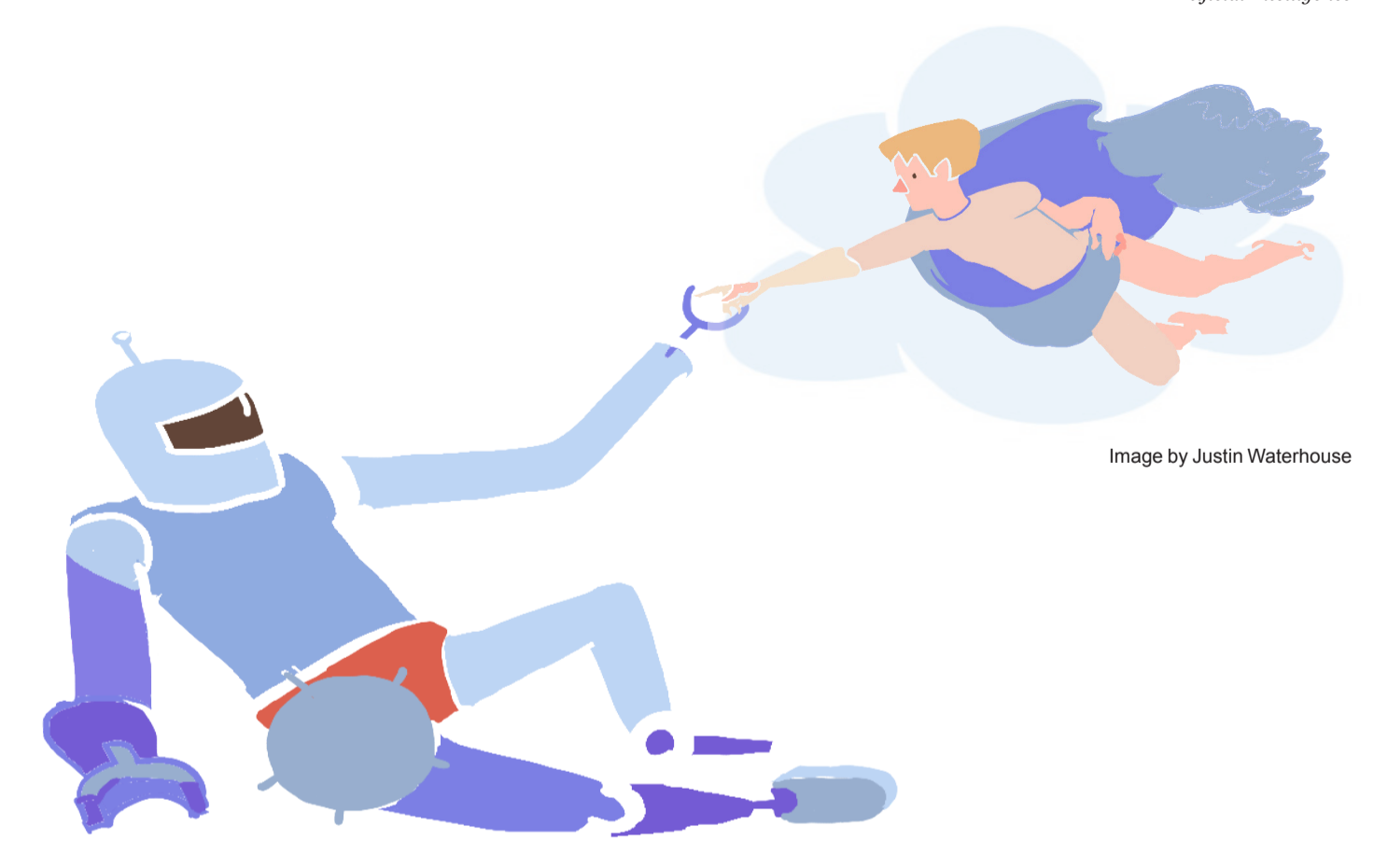The brain’s processing prowess has prompted many to wonder whether computers could become “smarter” by mimicking human brains. This might be accomplished by designing artificial neural networks, a manufactured analog of our biological circuits.
An artificial network is a set of connected nodes that takes input from, and produces output for, neighboring nodes [1]. Organized this way, the network acts as a neural circuit and individual nodes behave as neurons. Indeed, the node will only produce an output signal once the input from neighboring nodes reaches a threshold value.
This is analogous to how a biological neuron produces an action potential based on whether it received sufficient input from pre-synaptic neurons. An important consideration in constructing artificial neural networks is how best to establish the threshold value. One approach called supervised learning uses the difference between the network’s actual output and its expected output to modify thresholds. This utilizes a trial-and-error mechanism analogous to human learning.
So what does this accomplish? Usually, machines are fast at number crunching but fall short in tasks such as image recognition. When someone looks at a picture of a cat, the human brain can almost immediately recognize it. For most computers, however, tasks that involve deciding whether an object exists in an image are more difficult. Such tasks are fraught with potential complications: the cat could be blurry, or only its tail may be visible, or perhaps it is a toy kitten.
Learning general patterns to identify objects is complicated, but something the human brain does with ease. Artificial Intelligence borrows from nature by abstracting a mathematical model of the neural networks in our brains[2]. These artificial neural networks are powerful tools that allow computers to learn to make decisions such as those involved in pattern recognition.
By copying the structure and general function of biological neural networks, computers are becoming capable of accomplishing tasks that were previously considered impossible. One famous example is driving a car. Human drivers divide their attention between the roadway, traffic signals and speed limit signs, as well as other drivers. They make important decisions in real time using what they can see and hear, and mistakes can be costly.
The pattern-recognizing power provided by neural networks has proven to be critically important for this task. Taking advantage of this, computer scientists from Mahidol University in Thailand trained an artificial neural network to accurately determine what type of traffic signs were within its field of view[3]. The speed of artificial neural networks provides real-time information about the environment and minimizes the chance that a decision would result in an accident.
Artificial neural networks provide a new way to teach machines to do more work on our behalf. Who knows, maybe Artificially Intelligent drivers will soon chauffer you around town.
References
- Hecht-Nielsen, R. “Theory of the Backpropagation Neural Network”. Proc. Internat. Joint Conf. on Neural Networks, Vol. 1 (1989), pp. 593–605
- Azam, Farooq. “Biologically Inspired Modular Neural Networks”. PhD Dissertation, Virginia Tech. 2000 http://scholar.lib.vt.edu/theses/available/etd-06092000-12150028/unrestricted/etd.pdf
- Lorsakul and J. Suthakorn. "Traffic Sign Recognition for Intelligent Vehicle/Driver Assistance Systems". 4th Conference on Ubiquitous Robots and Ambient Intelligence, Working Paper (August, 2007), pp 1-2.
